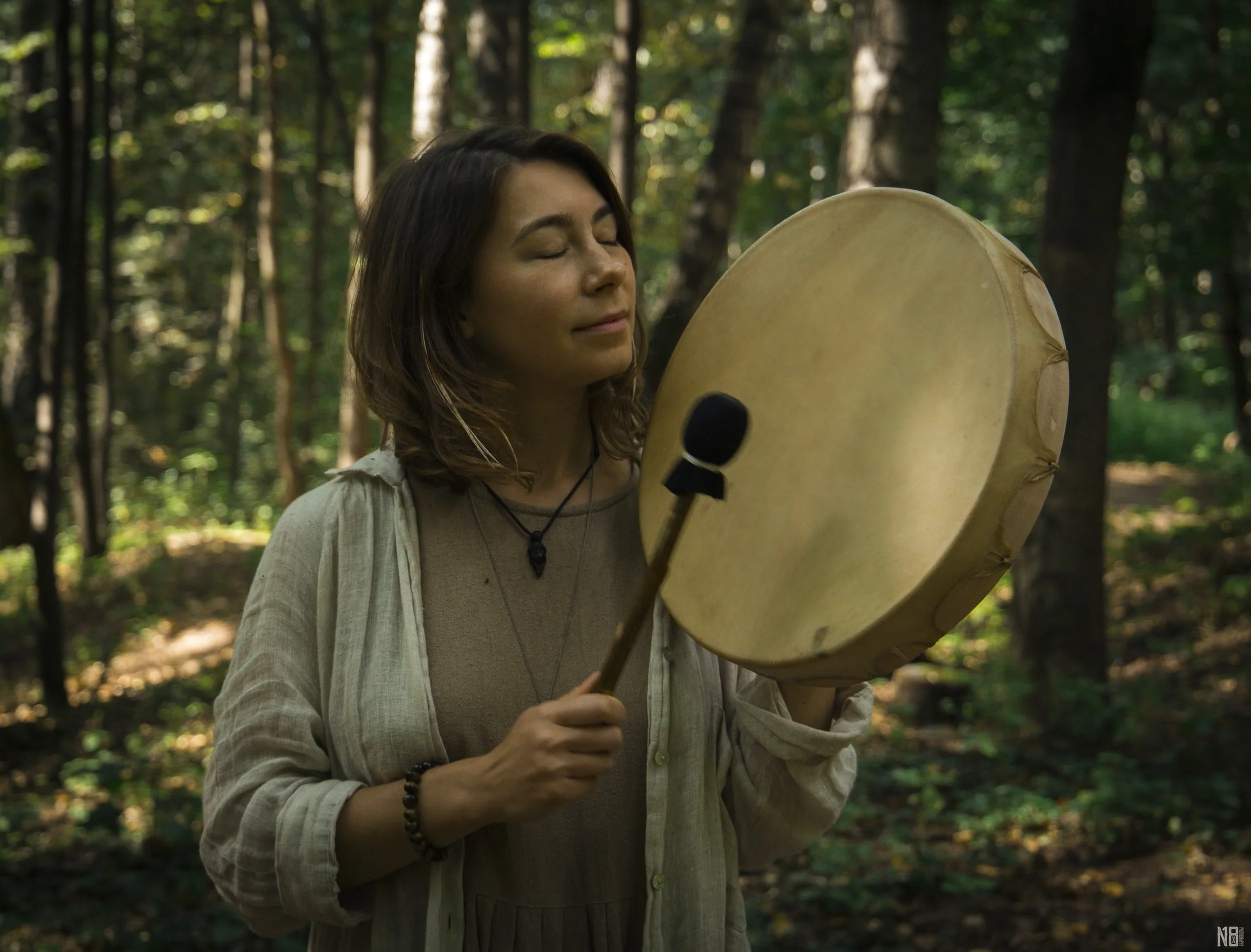Shamans, our first ancient consolers, teachers, guides, and healers.
Over thousands of years Shamans have counseled people throughout history in a variety of ways. They had many roles but in their own sacred communities the Shaman was often consulted for advice, guidance, and healing both for the individual and community. In modern times most people are now accustomed to seeking therapeutic or psychiatric treatment for what was traditionally treated through a shamanic approach.
Shamanism and therapy are two different approaches to healing and personal growth, but there are some similarities and differences between them. One of the main differences is that shamanism is rooted in a spiritual worldview, while therapy is typically secular and based on psychological theories and principles. Many shamanic practices involve consulting or connecting with the spirit world to deliver the guidance and healing on behalf of the client, while therapy focuses on understanding and changing patterns of thought, behavior, and emotion in order to improve mental health and well-being. As spiritual beings with a complex brain, I value understanding and honoring both to create your own understanding of what supports your healing the best.
As a trained shamanic practitioner and not a licensed therapist I can best speak to the shamanic aspect of healing and history.
The history of Shamanic Healing
Shamanism is a way of living that dates back thousands of years and can be found in cultures all over the world. The word "shaman" comes from the Tungus people of Siberia and refers to a person who can communicate with the spirit world in order to heal, empower, and understand the medicine and truth of one's soul. Some anthropologists believe that shamanism may be one of the oldest forms of spiritual practice, dating back tens of thousands of years.
Shamans go through a rigorous training process in which they learn to enter altered states of consciousness through various techniques, such as drumming, chanting, dancing, and other tools. In these altered states, they access the spirit world and communicate with spirit helpers, power animals, and other beings of support.
The practice of shamanism is closely tied to animism, the belief that everything in nature has a spirit or soul. Many indigenous cultures around the world, including those in North and South America, Africa, Asia, and Australia, have their own unique forms of shamanism.
The reason why shamanic practitioners are not as popularized as therapists is due to the suppression by colonial powers and organized religions, but interest in shamanism has grown in recent years as people seek alternative forms of spirituality and healing. Today, there are many contemporary forms of shamanism, ranging from traditional indigenous practices to modern adaptations that incorporate elements of other spiritual traditions.
An example from my own ancestral history was the gift of the Völva, a female shaman or seer who had the ability to communicate with the spirit world and perform divination and magic. The word "völva" is derived from Norse mythology and Viking Age history from Old Norse, and it translates to "wand-carrier" or "staff-carrier." Like modern therapists of today's world, Völva were highly respected and influential figures in Norse society, and their role in spiritual and political matters was significant. While Völva were primarily women, there were also male practitioners of Norse shamanism known as the practice of seiðr.
The medicine of Shamanic healing
Over the thousands of years Shamans have been supporting their communities through healing and counseling, many of the techniques and intentions have remained consistent even through modernization. Shamanic healing has continued to support others in overcoming physical, emotional, and spiritual ailments. In many traditional societies, illness is seen as a result of a spiritual imbalance or disharmony, and shamans use various methods to restore balance and harmony. This may include performing rituals or ceremonies, using herbal remedies or other medicines, awakening ancestors, or performing energy work such as laying on of hands or chanting.
In addition to divination and healing, shamans also serve as spiritual guides and mentors. They may help people connect with their own spiritual path or provide guidance on how to live in harmony with the natural world which can extend this healing to all of life as well. Shamans may also help people connect with their ancestors and other spirit helpers to gain a deeper understanding of their own spiritual journey. Overall, the role of a shaman is vast but continues to serve as a bridge between the physical and spiritual worlds and to help people connect with their own inner wisdom and the wisdom of the spirit world through their healing gifts and medicine.
If you are called to learn more of the ancient ways and traditions to heal yourself, and or support others on their path, feel free to explore my website to join training, ceremonies, or enroll in my 1:1 mentorship Shamanic Soul Healing.

